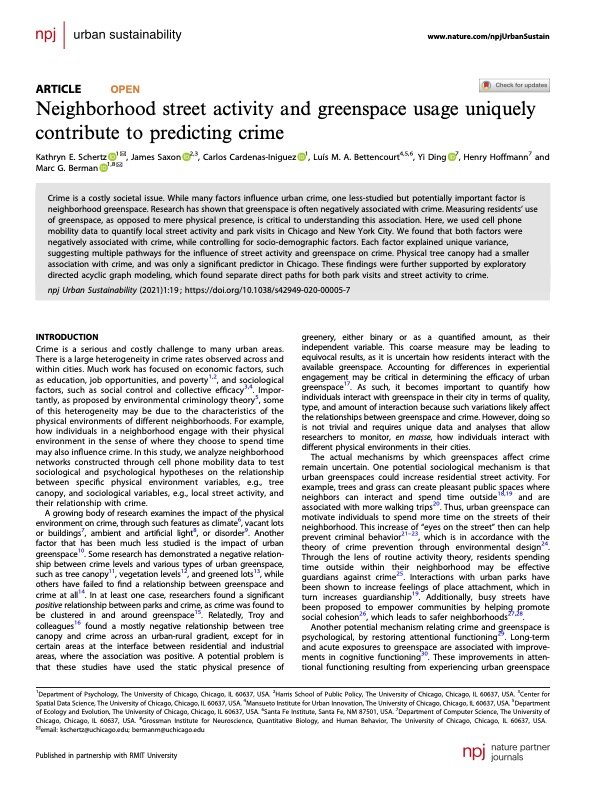By Linda M. Williams, April Pattavina, Alison C. Cares, and Nan D. Stein
Given the considerable changes in federal legislation and the pressing requirements that colleges and universities develop policies and practices that meet the needs of victims and of those accused of sexual assault, there is a critical need to document and understand how colleges are handling these demands and coordinating campus approaches to investigation and adjudication of sexual assaults. In 2015, the National Institute of Justice (NIJ) funded a project to commence January 2016, designed to examine the variations in policies and practices and understand more about challenges and emerging best practices. The research reported here was designed to identify the range and scope of policies and practices related to the investigation and adjudication of sexual assault on college campuses in the U.S. The Wellesley Centers for Women (WCW) with the assistance of an expert panel of advisory board members has documented and classified the current landscape (the breadth and differences) of campus approaches to investigations and adjudication of sexual assault. Our first step, informed by a victim-centered focus, was a web-based search of a randomly selected sample of four year colleges and universities (Institutions of Higher Education, IHEs) on policies and practices for investigation and adjudication of sexual assault reports. This web search was a systematic broadbased environmental scan designed to examine the policies and practices promulgated to the public and, most importantly, made available to students by IHEs. This environmental scan was followed by interviews with Title IX coordinators to develop a clearer understanding of the challenges and successes of these policies.
Washington, DC: U.S. National Institute of Justice, 2020. 91p.





















